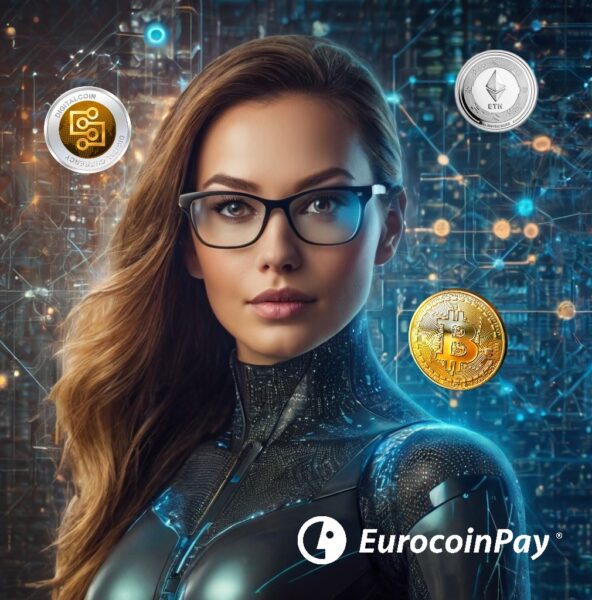In the digital age, social media has become a battleground for companies looking to stand out and reach their target audience. EurocoinPay, an innovator in the payments sector, has embarked on an ambitious strategy that combines artificial intelligence, differentiated avatars and real-time news to manage its social networks. However, despite its efforts, the company faces a common obstacle: the blocking of organic posts by social platforms. This forces them to resort to advertising and SEO to gain visibility, which begs the question: why do social networks penalise companies that innovate and create different, quality content?
EurocoinPay’s strategy

Artificial intelligence:
EurocoinPay uses AI to automate repetitive tasks, such as publishing content and managing interactions with users. This allows them to spend more time creating strategic content and interacting with their audience.
Avatars:
The company has developed unique and memorable avatars that differentiate them from the competition. These avatars are used across all their social networks, creating a strong and consistent brand identity.
Real-time news:
EurocoinPay is committed to providing their followers with the latest news from the financial sector. To this end, they post real-time content on relevant events, market analysis and company updates.
The problem of blocked posts
Despite their efforts to create valuable and engaging content, EurocoinPay faces the problem of post blocking by social networks. Platforms such as Facebook, Instagram, TikTok and Twitter reduce the organic reach of posts, meaning that only a small percentage of followers see them. This forces companies to pay for advertising to reach a wider audience.
Why do social networks block posts?
Social networks argue that blocking organic posts is necessary to prevent spam and ensure a positive user experience. However, many experts believe that this practice is anti-competitive and benefits larger corporations that can pay for massive advertising.
What can be done?
It is important that companies continue to create high-quality content and use innovative strategies to reach their target audience. It is also critical that social networks are more transparent about their post-blocking algorithms and work with businesses to find win-win solutions.
Conclusion:
EurocoinPay’s social media strategy is an example of how businesses can innovate and stand out in an increasingly competitive environment. However, the problem of post blocking remains a major obstacle for companies seeking to reach their audience organically.
There needs to be a dialogue between businesses and social networks to find solutions that benefit all actors involved.
Share this post with your friends and colleagues to generate debate on this important topic.
Disclaimer: The information set out herein should not be taken as financial advice or investment recommendations. All investments and trading involve risk and it is the responsibility of each individual to do their due diligence before making any investment decision.




